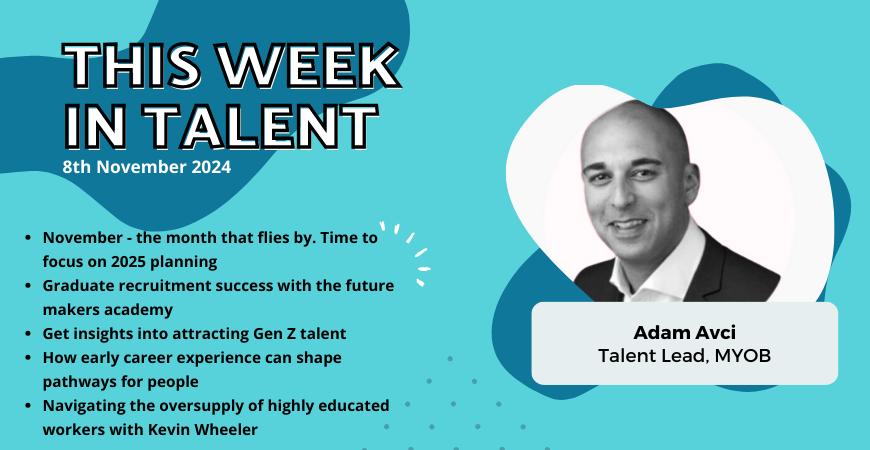I’m going to ask you a question. No-one will know you have been asked, but I want you to be very honest with yourself. Here it comes…
“Do you know what your best source-to-hire is for tenure and performance?”
I’m guessing the answer is “no”. You might have a gut feel about where some of your better hires originated from. This could be accurate or could be completely skewed by one or two memorable hires that have helped to form your view of that sourcing channel.
We can complicate things sometimes with too many metrics when looking at recruitment and employee output but based on personal experience, tenure and performance are usually the best two guides that can help you determine your best source-to-hire. Here’s why:
It is important to look at tenure in today’s fast-paced, ever changing world of work because of the increasing value in having employees with the experience and stable working relationships that usually take time to develop. And not to mention the less cost associated with managing tenured employees.
As for performance, this is rather self-explanatory. The key for this is to make sure the performance goals that the hiring manager had set are realistic and achievable year-on-year, so you are able measure progress.
Using data from these two metrics, you can then compare them against these main sources-of-hire:
- Internally referred candidate;
- Candidate applied via a job board;
- Candidate applied via company careers page;
- Recruitment Agency presented candidate;
- Poached candidate;
- Candidate was part of a Talent pool.
It is a valuable insight to look through your last 18 months of hires and see what percentage of employees made it to the three, six and 12-month mark from each source. From here, you will have a clearer picture of your best source-to-hire.
If you want to go deeper on the analytics, you can find out if they:
- Are actively following the organisation on social media, and for how long?
- Have been a previous customer of the organisation?
- Was their first interaction sending in their resume, or did they first engage in some webchat?
This could be an untapped resource or potential for new sources-of-hire if handled correctly. For example, an employer might discover that a high percentage of their best hires had been previous customers and followed the organisation on Instagram. This is useful data that can be turned into valuable recruitment information.
Talent managers are responsible for ensuring high performing and ideally long-term candidates are recruited. So, do you honestly know where your best hires come from?
Or let me put this in another way – can you afford not to know where your best hires are from?
Cover image: Shutterstock
ATC2019 is all about exploring high performance Talent functions and the elements necessary for Talent Acquisition (TA) to thrive as we enter the age of intelligence. Get your tickets here.































